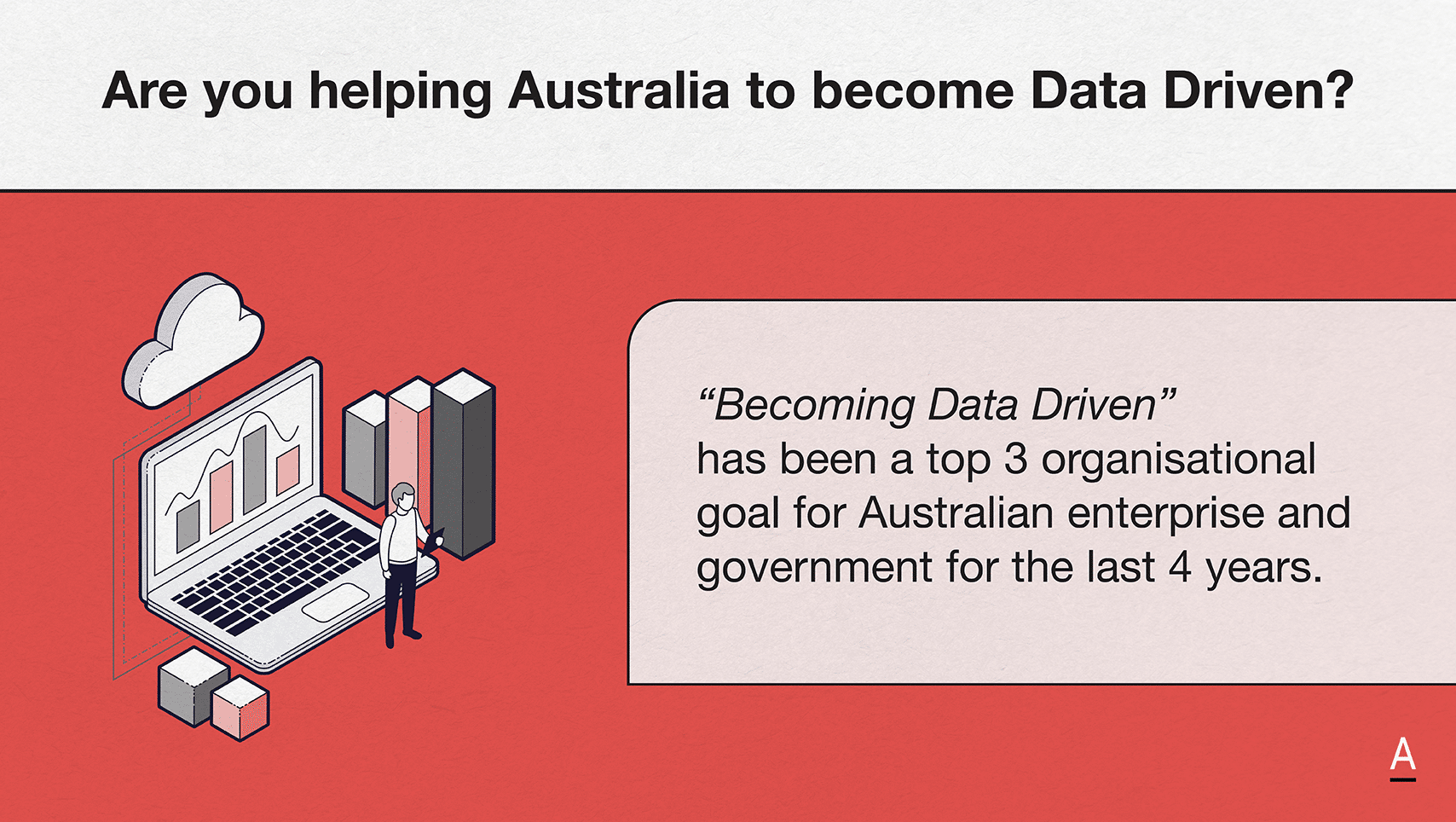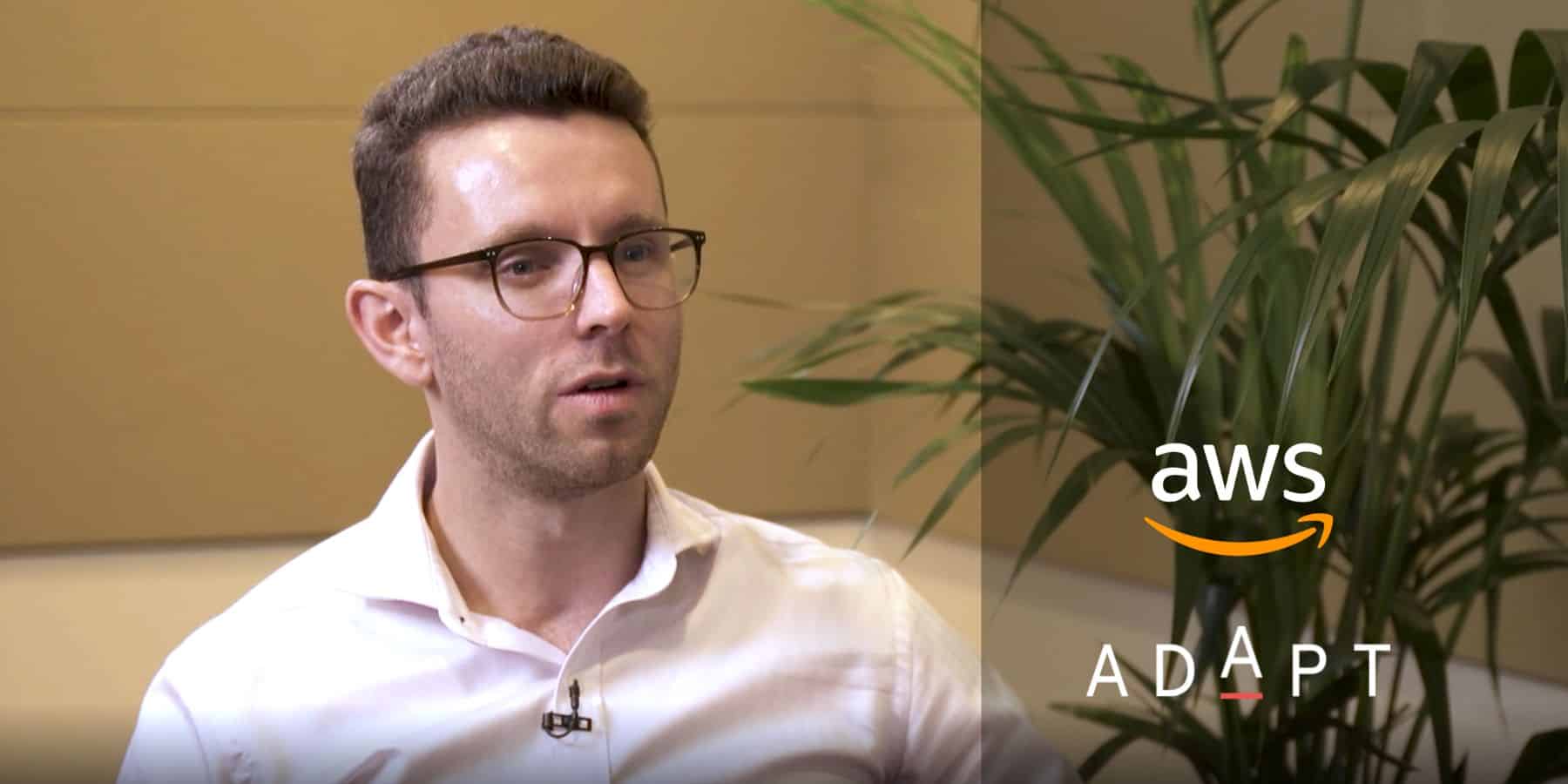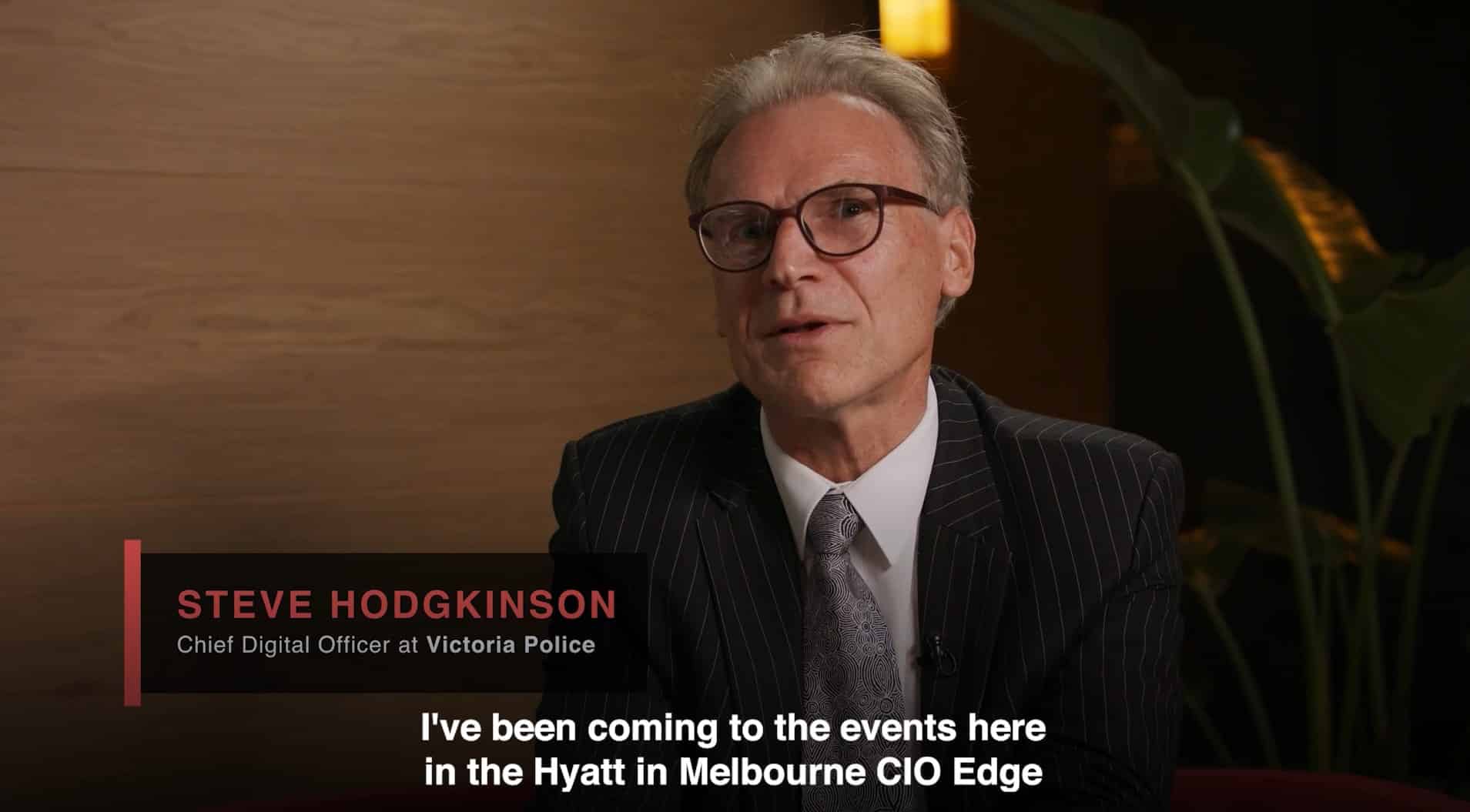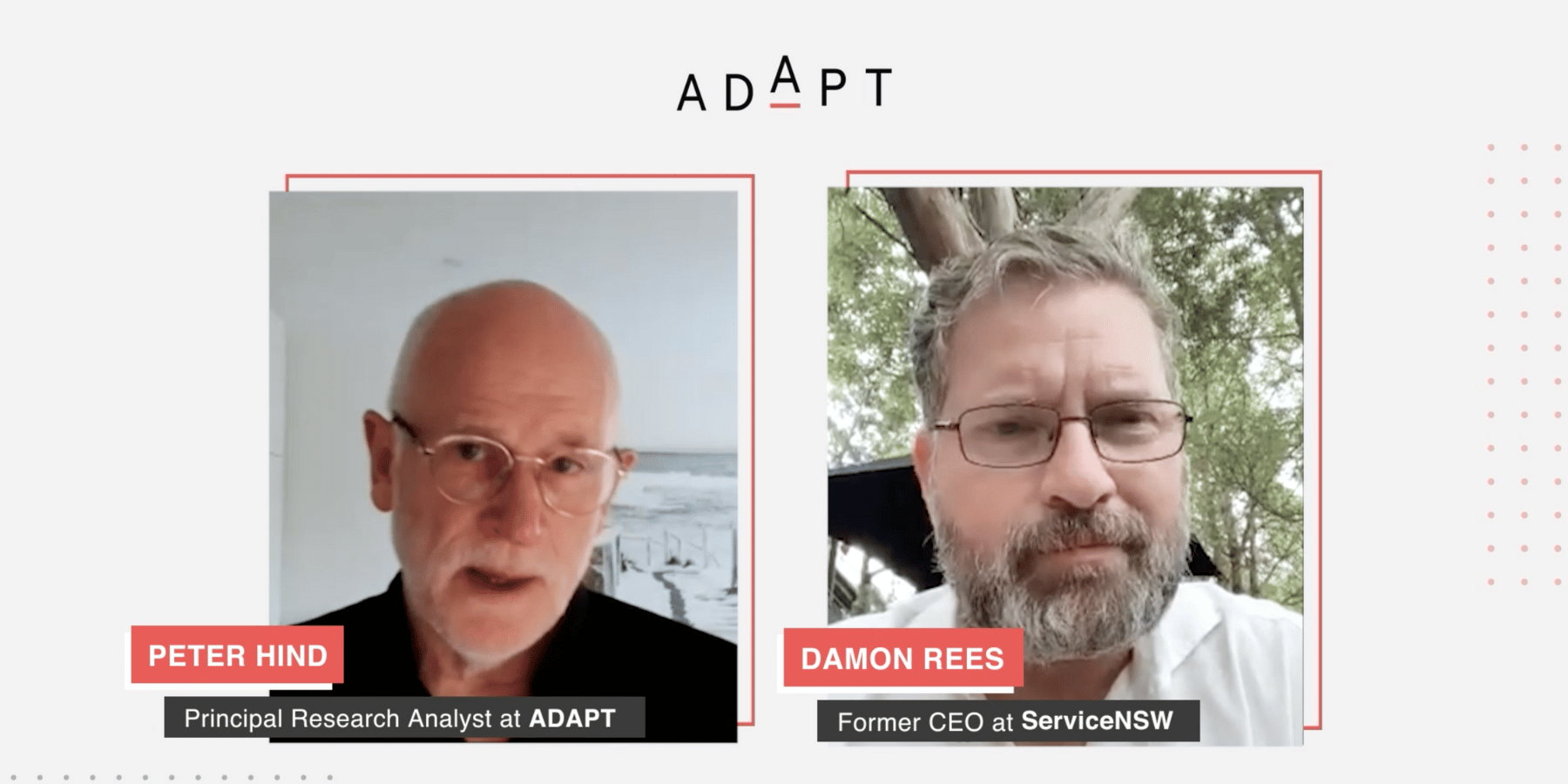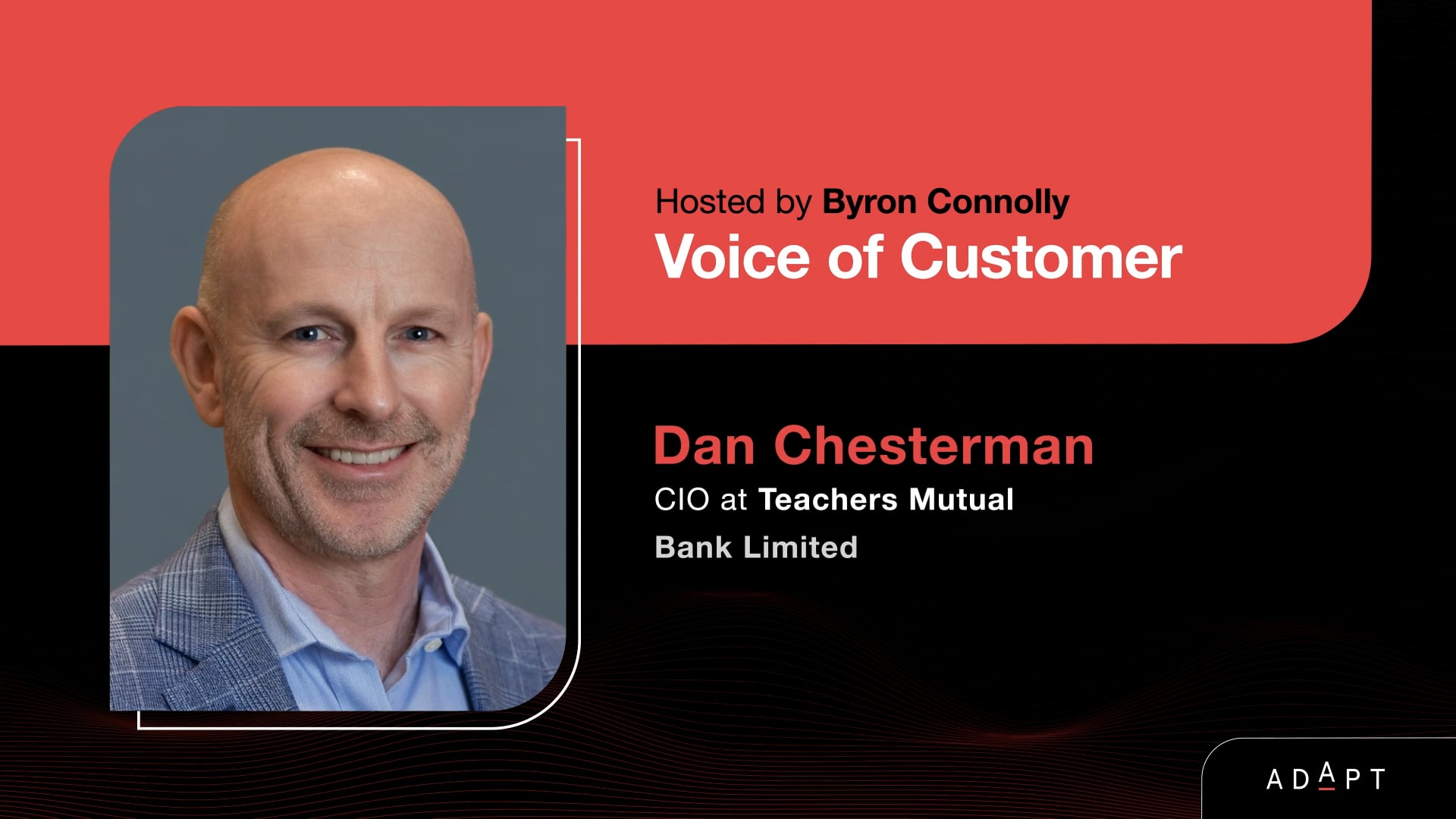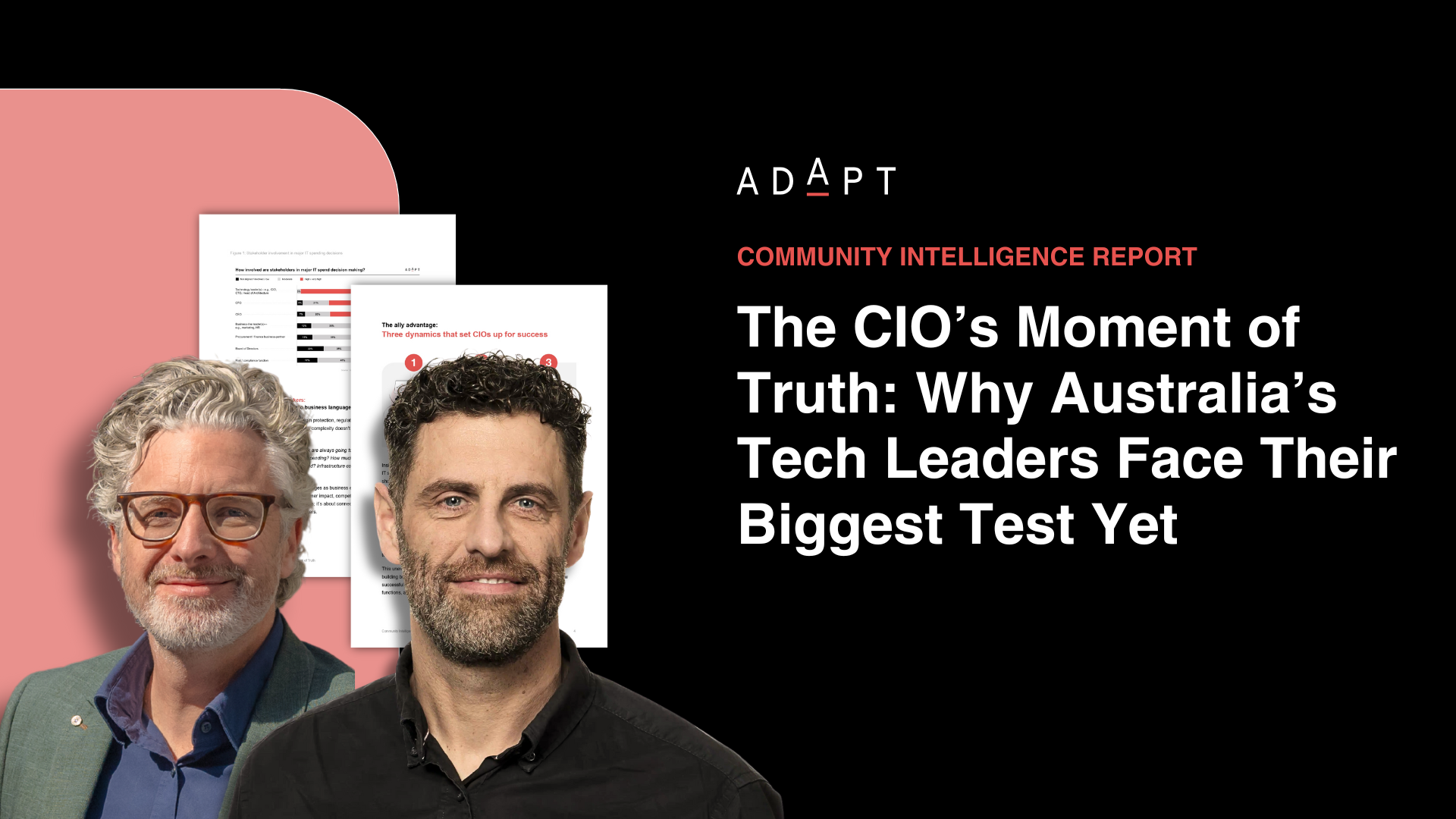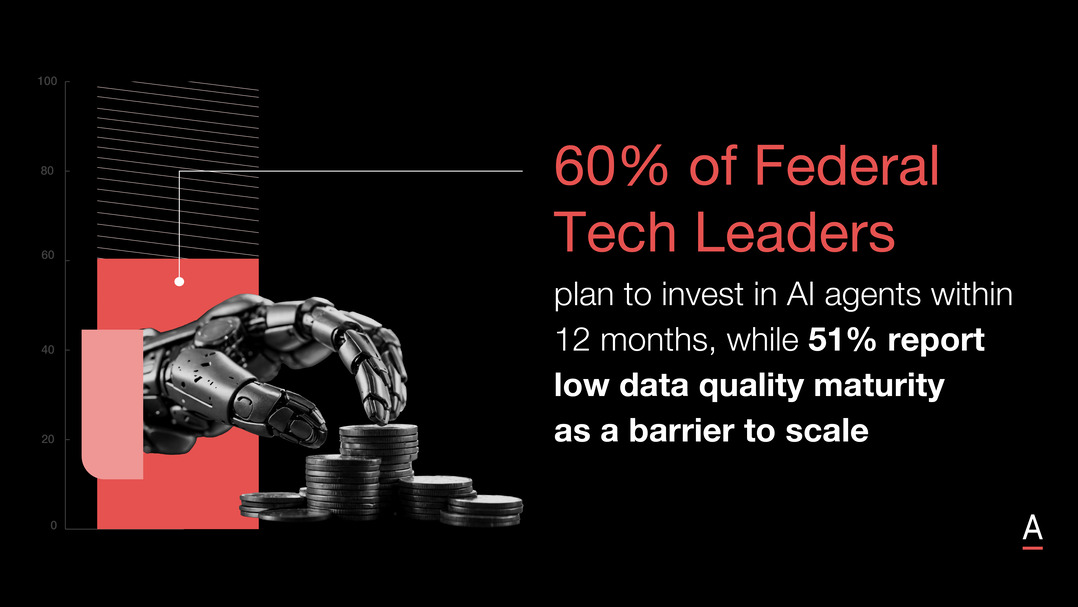Teachers Mutual Bank CIO explains the realities of modernising legacy systems and responsible AI adoption
In this interview with ADAPT, Teachers Mutual Bank CIO Dan Chesterman talks about why digital transformation remains difficult and how AI is reshaping technology decisions.In this interview with ADAPT, Teachers Mutual Bank CIO Dan Chesterman talks about why digital transformation remains difficult and how AI is reshaping technology decisions.
Dan Chesterman says one of the biggest lessons from his seven years in senior technology leadership at the Australian Securities Exchange is that digital transformation is “genuinely hard.”
Significant multi-year programs can require multiple attempts, he tells ADAPT, and technologists must maintain flexibility because “the environment changes around you.”
At the ASX, Dan oversaw platform modernisation and the attempt to replace the legacy CHESS system, which was later discontinued following an independent review.
The experience reinforced the importance of adapting as technologies evolve, particularly with today’s pace of AI change.
“Every month or at least every quarter, one model takes over another,” he says, requiring both steady progress and the agility to pivot.
Since joining Teachers Mutual Bank Limited as CIO, Dan has been leading a broad modernisation effort across the member-owned organisation.
The bank is shifting from on-premises data centres to hybrid cloud infrastructure and rolling out Office 365 and Copilot as it moves its head office into Sydney’s CBD.
The organisation has also upgraded call centre platforms and increased investment in scams and fraud prevention under the Scam-Safe Accord.
A proposed merger with Australian Mutual Bank in 2026 will create a larger member base and streamline integration, with both banks sharing Ultradata as their core platform.
Dan says the alignment will help set a predictable path for post-merger technology work.
Following AI at a medium pace
Teachers Mutual Bank sees itself as a “medium-paced follower” in AI, focusing on internal productivity gains.
Copilot rollout is as much about capability building and risk management as it is about technology implementation.
The organisation has created an AI Council with cross-functional representation to identify where AI can assist, including extending service hours for members.
“When you are giving a machine some autonomy to deal with your customers, you want to make sure you are very confident about the answers it is providing.”
Every decision is evaluated through member value, governance, and risk.
Comfort in bounded data sets
Strong data governance underpins AI maturity, and Dan agrees that no organisation has perfect data for end-to-end AI autonomy
Confidence grows when applications draw from “very bounded data sets,” such as Copilot operating within known information sources.
AI is powerful for sifting through large volumes of data to identify signals, he says, but outcomes depend on the question asked, the tolerance for error, and understanding how the model reaches its conclusion.
This is why AI and machine learning have long supported anomaly detection, fraud prevention, monitoring, and predictive maintenance.
“Perhaps the challenge with AI is that the term means everything and nothing all at once.”
It is a probabilistic tool, and leaders must understand both the capabilities and limitations of the data behind it.
Read our full conversation with Dan Chesterman for more insights into TMB’s modernisation journey, AI direction, and the leadership principles guiding complex technology transformation.




